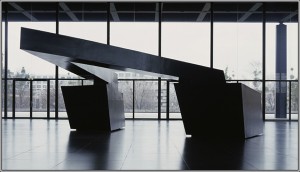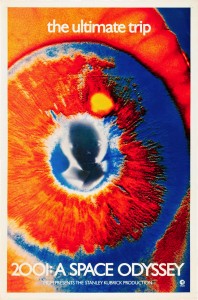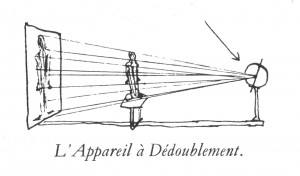
A Marginal Note on “Art and Objecthood”
“Art and Objecthood” reminds us that the past is a foreign country, as the (now) quite obscure British author L.P. Hartley was the first to say. It belongs to an era in which Artforum was full of writing about art, and where the question of whether what was being discussed was worth considering as—or, as Fried’s essay asks, even was—art, was thought to be important. There could be no hint in the essay, or of any thing or of the artists to which it refers, of the anthropological haze moist with sanctimony that has since descended, obscuring and diluting questions having to do with aesthetic judgment while seeking to wash them away altogether.





